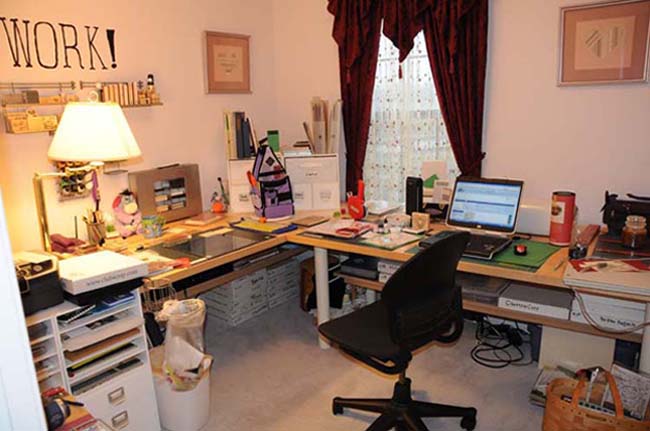You have a choice of working in 16 bit or working in 8 bit with your photos. The advice I just read was to work in 16 bit. Why? To prevent lost data. There were histograms from a photo that was originally shot in 16 bit and then taken down to 8 bit and edited and then brought back to 16 bit. Hmmm. The histogram for the photo edited in 8 bit looked like they'd taken a smooth curve, sliced it into strips and then spread it out over twice the space. But they hadn't filled in between the strips. It looked like there was a lot of data missing and that's exactly what had happened. There was no way to fill in between the strips by guessing or calculating based on nearby data. There's just too much information that was lost.
But, on the other hand, the finished files are twice the size in 16 bit that they are in 8 bit. If you have a slow computer, working in 16 bit will be slower than working in 8 bit. (But if you have a slow computer, you are already resigned to a less than speedy result.) And there are "some functions in Photoshop" that are not available in 16 bit. That's from a different author, but he doesn't list the functions that are not available.
Now, looking at the actual photo, the average person is not going to be able to tell if you worked in 16 bits or 8 bits. Currently, no digital cameras actually work at greater than 14 bits, so you aren't actually working with 16 bits of data in the first place.
I have a fast computer, my camera shoots in 14 bits and I don't use all the functions in Photoshop. So, I'm going to do what I can in 16 bit and see how that works out.
Subscribe to:
Post Comments (Atom)





No comments:
Post a Comment